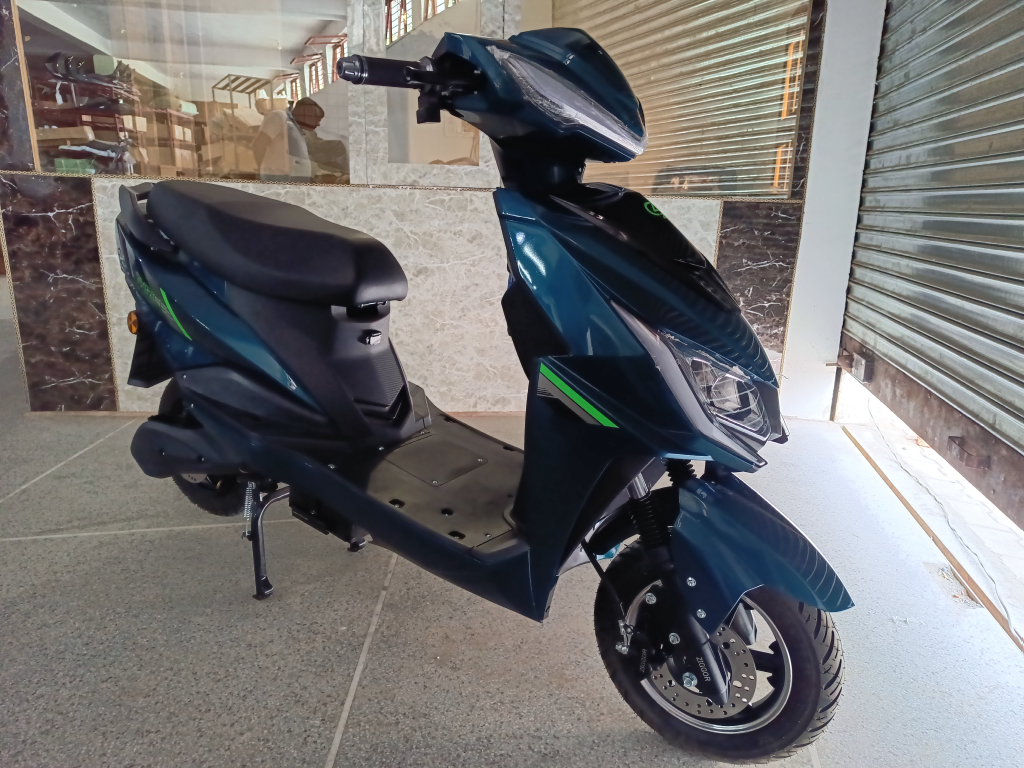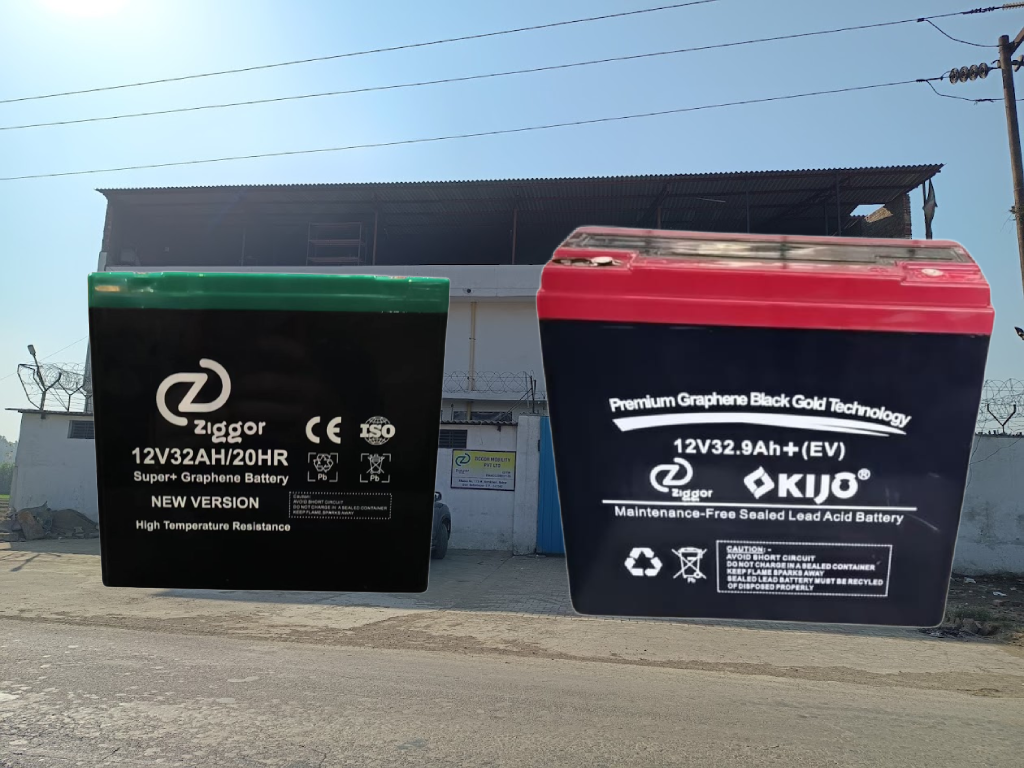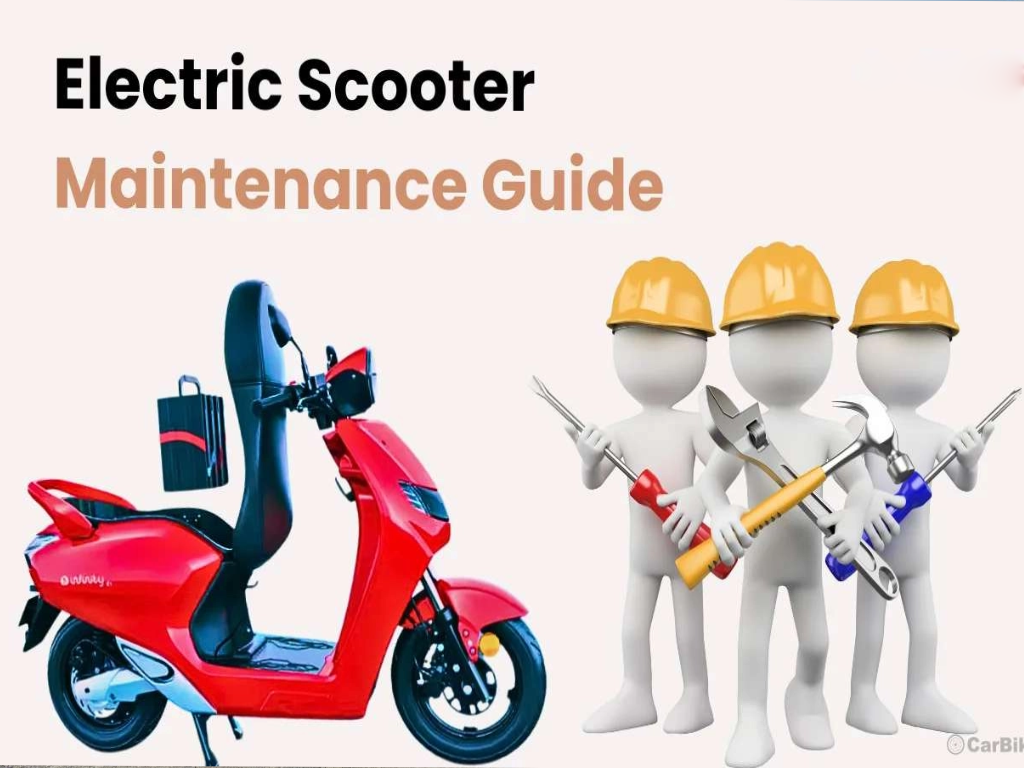Government Policies on Low-Speed E-Scooters: What You Need to Know
Updated Insights on India's EV Regulations

Low-speed electric scooters (speed < 25 km/h) are an accessible, eco-friendly option for personal mobility. The government of India has laid out specific policies to promote and regulate their safe use while making them affordable and easy to adopt.
1. No License or Registration Required
- Low-speed e-scooters (with a top speed of 25 km/h and motor power below 250W) do not require a driving license or registration.
- Ideal for students, senior citizens, and first-time riders.
2. No Road Tax or Insurance Mandatory
- These vehicles are exempt from road tax and do not require insurance under current central regulations.
- However, some states may still recommend optional insurance for safety and liability.
3. FAME II Subsidy – Not Applicable
- Since FAME II incentives apply to high-speed models with larger batteries, low-speed scooters are not eligible for central government subsidies.
- However, some states may offer separate subsidies or rebates—check your state’s EV policy.
4. ARAI Certification Still Required for Manufacturers
- While riders don't need a license, manufacturers must obtain ARAI approval for low-speed scooters to ensure safety, quality, and compliance.
- Ensures standardized manufacturing across the sector.
5. Battery Safety Standards
- Even low-speed scooters must comply with updated battery norms (AIS-156), including safety measures for thermal management and fire prevention.
- Applies to manufacturers and ensures better reliability for end users.
6. Charging and Infrastructure
- While home charging is sufficient for most users, the growing public charging network supports low-speed EVs.
- The government encourages infrastructure development under broader e-mobility schemes.
In summary: Low-speed electric scooters are easy to own, cost-effective, and hassle-free—thanks to simplified rules and a supportive policy environment.


